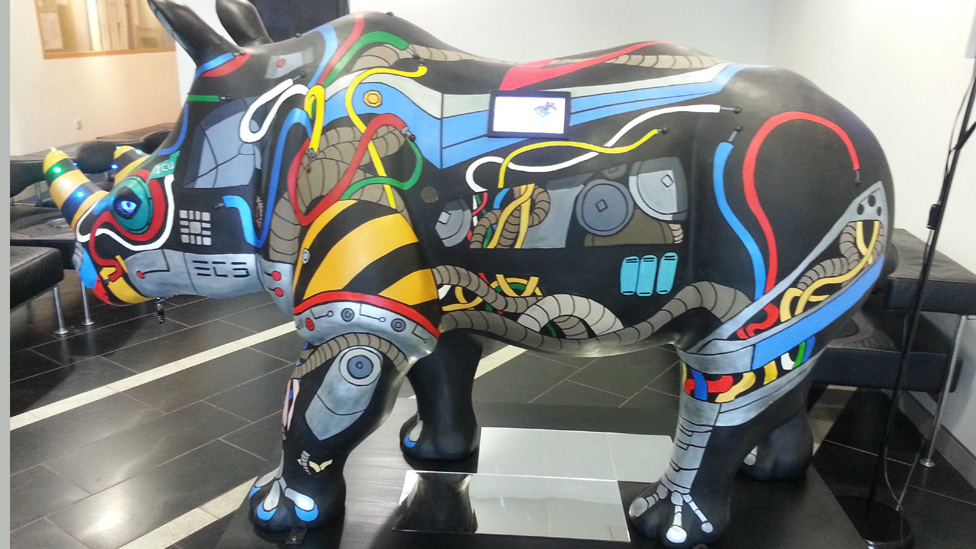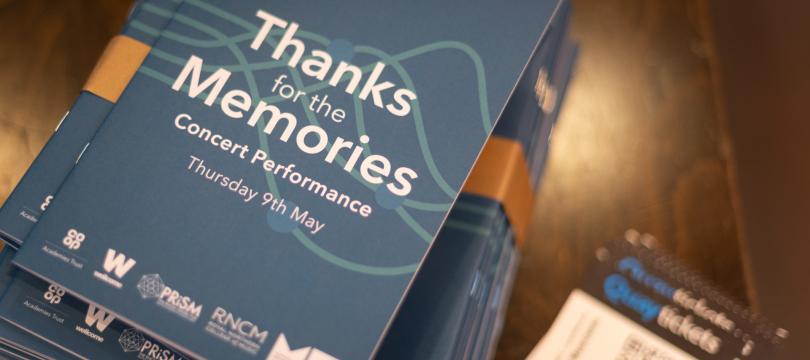Erica The Rhino
In the summer 2013, Marwell Zoo organised a conservation project to boost awareness of the rhino’s dwindling numbers. Taking place around Southampton, the city centre was flooded with life-size fibreglass rhinos that had been painted by local artists.

University of Southampton
In the summer 2013, Marwell Zoo organised a conservation project to boost awareness of the rhino’s dwindling numbers. Taking place around Southampton, the city centre was flooded with life-size fibreglass rhinos that had been painted by local artists. The University of Southampton bought one of these rhinos, named it Erica, and staff and students within the University came together to enhance it with sensors and a wide variety of interactive gadgetry, to engage the public with Electronics and Computer Science. Raspberry Pi computers were installed inside to operate motorized ears, webcams to act as eyes, lights to respond to mood and tweets, touch sensors on its cheek and mouth, sounds, and touch screens. During its time in development, almost 230 pupils came to see and explore possibilities for Erica, and while in a shopping centre in the city, almost 1,200 young people came to get an introduction on how to code.
The participants in the project were highly engaged, could learn basic programming, exploring how imagination and technology interact in real-time. One of the aims of Erica is to enable the exploration of the new emerging “Internet of Things”. Erica can be seen as a large Internet-connected object: it interacts with people, consumes linked data from the Web (e.g. weather and rhino statistics), and produces its own open data (e.g. memory and moods). We ensured that a variety of activities were laid on for all ages, such as colouring-in activities and quizzes that were related to rhino conservation for children. This enabled families of all ages to engage with the project. The project also provided opportunities for researchers and students from different disciplines to work together and find new ways to interact with and share their work with the public.
Now that the initial development and deployment have concluded, we are already planning future upgrades and deployments. The project will be incorporated into the annual research fest of the Web and Internet Science group at the university, which will unlock new ideas built upon the on-going research in the group. With increasing demand for Erica to be taken to schools and fairs, we are also ensuring that the public and our partners are kept up to date on the progress of the projects. The website is being updated regularly, and Erica continues to respond to people who follow her on twitter.

